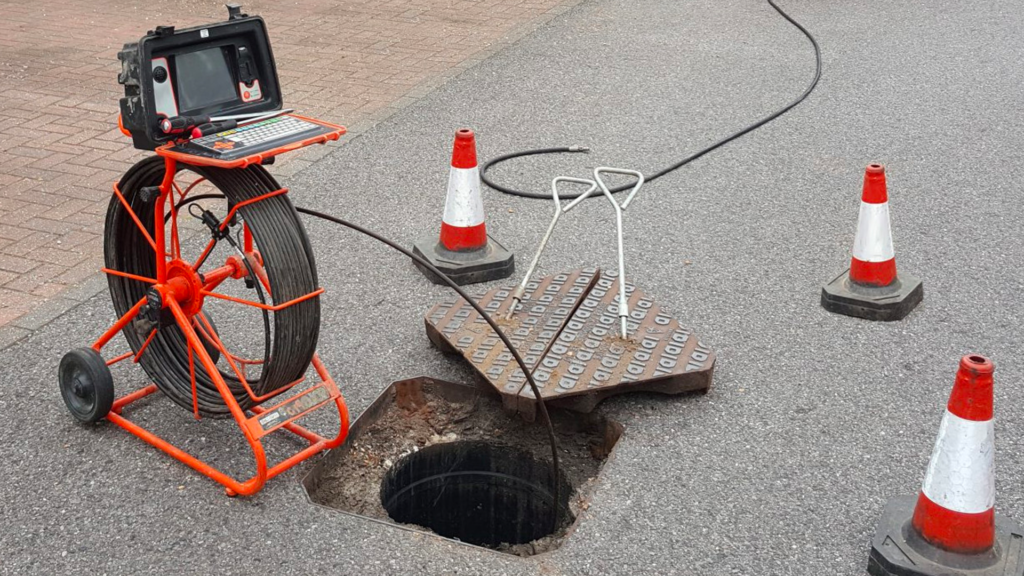Reclaim Waste Things To Know Before You Get This
Reclaim Waste Things To Know Before You Get This
Blog Article
Some Ideas on Reclaim Waste You Need To Know
Table of ContentsThe Facts About Reclaim Waste UncoveredReclaim Waste Can Be Fun For EveryoneThe Main Principles Of Reclaim Waste An Unbiased View of Reclaim WasteAn Unbiased View of Reclaim Waste
Discover the kinds, incidents, and types of liquid waste. Domestic sewage waste describes the waste and items from a domestic septic tank. This kind of waste is produced by human beings in homes, schools, and various other buildings. This only consists of septic systems that have a drain area. The appropriate monitoring and disposal of domestic sewage waste call for liquid waste to be transferred to a sewage treatment plant where the proper methods and equipment are put on cleanse and throw away waste.
Commercial waste usually includes possible risks, such as combustible products or a combination of liquid and strong waste items, and calls for an advanced and thorough disposal process. The disposal of commercial waste normally entails the filtration of waste before transportation to make sure secure and correct disposal. Industrial waste is created from by-products and runoff of industrial processes and production.
This type of waste can not utilize the exact same sewer monitoring transport or procedures as septic or business fluids. The commercial waste monitoring procedure calls for the examination and screening of fluid waste prior to it undergoes the disposal process (industrial wastewater treatment). Runoff waste is the liquid waste that originates from drainage and excess stormwater in very inhabited locations or cities
Overflow waste can cause contamination and flooding if not handled properly. Guaranteeing proper waste monitoring can prevent calamities and reduce ecological damage.
The Best Guide To Reclaim Waste
Call PROS Services today to learn more about our waste monitoring and disposal solutions and the correct ways to take care of the fluid waste you create.
(https://pubhtml5.com/homepage/kwjac/)Do you understand what occurs to your water when you pull the plug, purge the bathroom or drain pipes the washing equipment? No? Well, it's worth knowing. This so-called 'wastewater' is not just an essential resource yet, after treatment, will certainly be released to our land, rivers or the sea. Used water from commodes, showers, baths, cooking area sinks, laundries and commercial processes is called wastewater.

water utilized to cool down machinery or clean plant and tools). Stormwater, a form of wastewater, is overflow that moves from agricultural and metropolitan areas such as roof coverings, parks, yards, roads, paths and gutters into stormwater drains pipes, after rain. Stormwater streams neglected straight to local creeks or rivers, at some point getting to the sea.
What Does Reclaim Waste Do?
In Queensland, the majority of wastewater is dealt with at sewer click this link treatment plants. Wastewater is carried from domestic or industrial sites via a system of drains and pump stations, understood as sewage reticulation, to a sewage treatment plant.
The Division of Natural Resources suggests city governments about handling, operating and keeping sewerage systems and treatment plants. In unsewered locations, neighborhood governments may call for homeowners to install specific or family sewage treatment systems to deal with domestic wastewater from toilets, kitchens, restrooms and laundries. The Department of Natural Resources authorizes making use of house systems when they are proven to be effective.
In some brand-new communities, therapy of some stormwater to eliminate litter, sand and gravel has started using gross pollutant traps. Wastewater treatment occurs in 4 phases: Removes solid matter.
Uses small living microorganisms recognizes as micro-organisms to damage down and get rid of remaining dissolved wastes and fine bits. Micro-organisms and wastes are included in the sludge.
The Greatest Guide To Reclaim Waste
Nutrient removal is not available at all sewer therapy plants since it requires pricey specialist equipment. Clear fluid effluent created after treatment might still have disease-causing micro-organisms - liquid waste removal.

This generally suggests wastewater needs to be treated or pollutants removed prior to it can be released to waterways. The majority of wastewater streams into the sewage system. Under the Act, local federal governments provide approvals and permits for ecologically pertinent activities (ERAs) including wastewater releases that may have a local influence. The department carries out approvals and permits to ERAs including wastewater releases that may have a local or statewide impact.
The smart Trick of Reclaim Waste That Nobody is Talking About
Surveillance gives valid details concerning water quality and can validate that licence conditions are being met. The details acquired with tracking gives the basis for making water top quality choices.
Report this page